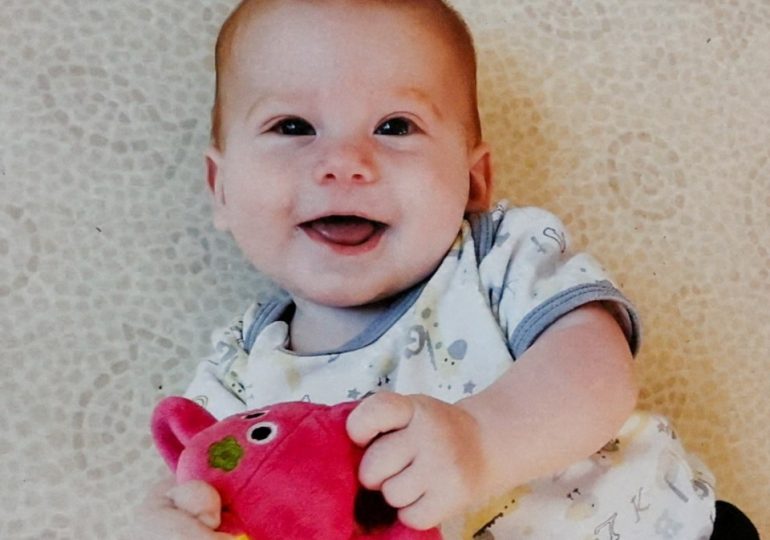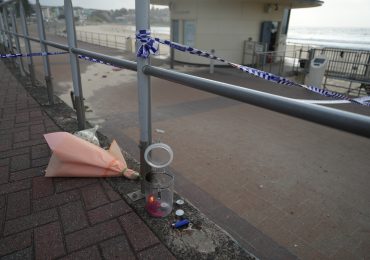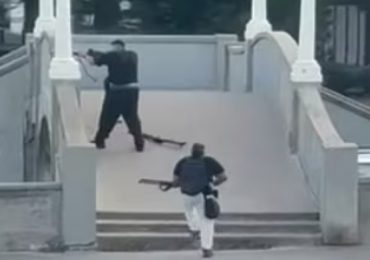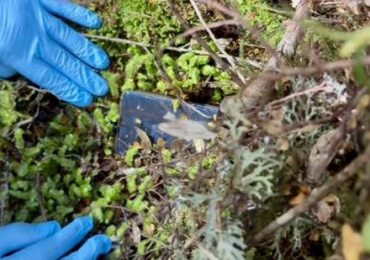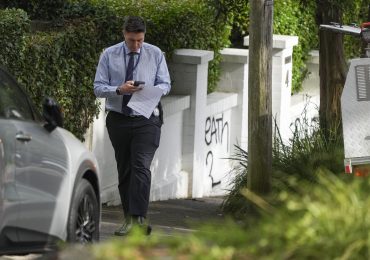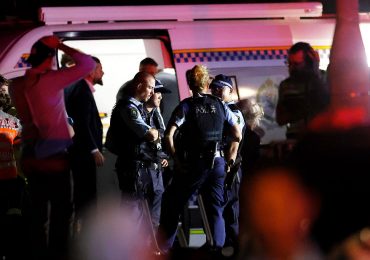ISRAELI officials fear that only 40 out of the remaining 133 Israeli hostages captured by Hamas on October 7 are alive.
Shin Bet, Israel‘s domestic security agency, claims that intelligence on the hostage situation is much easier to gather due to Israel’s increased presence in Gaza.
Reuters10-month-old Kfir Bibas is one of the remaining hostages being held in Gaza[/caption]
AFPRelatives and supporters of Israeli captives protesting for their release on April 12[/caption]
AFPIsraelis at an anti-government demonstration in Tel Aviv, on April 20[/caption]
ReutersIsraelis react to calls for the immediate release of hostages at a protest on April 18[/caption]
A source is reported to have told the Daily Mail: “[Intelligence] is much easier to access than before October 7 when we had limited access to Gaza and we didn’t have a lot of possibilities of sources.
“The situation is completely different because we are there.”
These fears have stemmed, in part, from Hamas’ indications that they can not release 40 hostages who are either women or sick and elderly men.
Last week, Hamas and Israel were considering a new US-backed ceasefire deal under which 40 hostages, including women, children, elderly men, and others in poor health, would be set free.
The deal would also see hundreds of Palestinians released from Israeli prisons.
A Hamas official reported that the group cannot commit to releasing 40 hostages who match those criteria for release, but it can commit to returning 40 hostages.
Although it is unclear how many hostages remain alive, other intelligence sources estimate the number to be around 100.
It is also thought that the majority of the hostages who remain alive are male IDF soldiers, or men of military reserve age.
It is believed that Hamas will be wanting to use them in later negotiations to bring about a permanent end to the war.
Families of the remaining hostages are “deeply concerned” about the escalation with Iran and how it might put the fate of their loved ones in danger.
Mor Korngold, whose brother is a hostage in Gaza, said: “In the past week, my anxiety levels have skyrocketed. It began with the attack on the embassy in Damascus and continued with the Iranian response.
Yarden Gonen, whose sister Romi is in Gaza, said Netanyahu’s war cabinet should use the Iran strike as “leverage for a deal”.
While Matty Dancyg, whose dad Alex is yet to be released, told the New Yorker about his fears.
He worries the Iranian strike could jeopardise the possibility of a ceasefire and hostage negotiation deal.
MIDDLE East analyst Dr Anahita Motazed Rad told The Sun how the opportunistic regime of Iran might tell Hamas to kill the hostages.
Not long after the October 7 attacks, Israeli news outlet Haaretz warned that the hostages would be at greater risk if Iran and Hezbollah became more actively involved in the conflict.
It suggested that the hostages would become “pawns in a regional power play”.
Dr Rad added: “The Iranian regime is the kind of regime that always are bargaining.”
The regime is already at its “weakest point”, she explains, with many Iranians already pushing for a change in government.
But as Iran becomes increasingly embroiled in conflict, with the country currently facing worldwide condemnation for its attack against Israel, it is thought Iran will scramble for leverage.
Part of their approach may include turning to proxy army Hamas in order to use the remaining hostages in their conflict with Israel.
Dr Rad told The Sun: “The Iranian regime is a kind of opportunistic regime.
“They see all the opportunities for their survival and even escalation of their status in the region, and influence in the region within the chaos.”
On April 18, Israel shared a horrific video appearing to show Yarden Bibas, the father of 10-month-old Kfir Bibas, being pummelled by a mob.
The video shows angry men swarming Yarden, who is sat in between two men on a motorbike.
The two men sitting on the bike with Yarden, and a couple of others standing next to it, unsuccessfully attempt to protect him from the onslaught.
It’s not long before Yarden’s head and hands are covered in blood.
Israel has long-stated that, with the hostages being in Hamas’ custody, the hostages are Hamas’ responsibility.
However, US officials have admitted that many of the hostages are likely to have been killed during Israeli air strikes on Gaza.
Within a week of the conflict, Hamas reported that nine hostages had been killed over a 24-hour period.
One well-known incident of friendly fire back in December saw the IDF shooting and killing three hostages that were being held by Hamas.
The army identified that the three tragically killed hostages were Alon Shamriz, Samer El-Talalqa, and Yotam Haim.
Earlier this month, tens of thousands of Israelis rallied against Prime Minister Benjamin Netanyahu, with protestors demanding a hostage deal.
Chanting “elections now” and “Elad, we’re sorry”, they called for Benjamin Netanyahu‘s resignation as the war in Gaza enters its seventh month.
Rallies were also held in other cities, with Israel’s opposition leader Yair Lapid taking part in one in Kfar Saba ahead of his departure for talks in Washington.
Meanwhile, Netanyahu’s war cabinet has carved out plans for a “strategic but painful” revenge attack on Iranian soil, according to intelligence sources.
Despite worldwide calls for peace to prevail, Netanyahu’s ranks have repeatedly insisted that a retaliatory strike is the only response.
It comes as Iran has been desperately downplaying the strike on its air base on April 19.
Although Israel has not officially claimed responsibility yet, it was widely reported that their missiles were behind the precision strike on Iran’s Isfahan base.
Hossein Amirabdollahian told NBC: “They’re … more like toys that our children play with, not drones.
“It has not been proved to us that there is a connection between these and Israel.”
ReutersRelatives and supporters of hostages held in Gaza block traffic during a protest on April 19[/caption]
ReutersPeople protesting against Israeli Prime Minister Benjamin Netanyahu’s government on April 6[/caption]
One of the hostages known to be killed by the IDF was identified as Samar Fouad TalalkaTwitter
ReutersAnother hostage killed by the IDF was identified as Yotam Haim[/caption]
ReutersThe third man killed was 26-year-old Alon Shamriz[/caption]
GettyBuildings destroyed during the attacks in Jabalia refugee camp on April 20[/caption]
GettyPalestinians trying to shop at a bazaar in between destroyed buildings, April 20[/caption]
GettyPalestinian children play with a damaged vehicle damaged during attacks in Jabalia refugee camp, April 20[/caption]
Leave a comment
